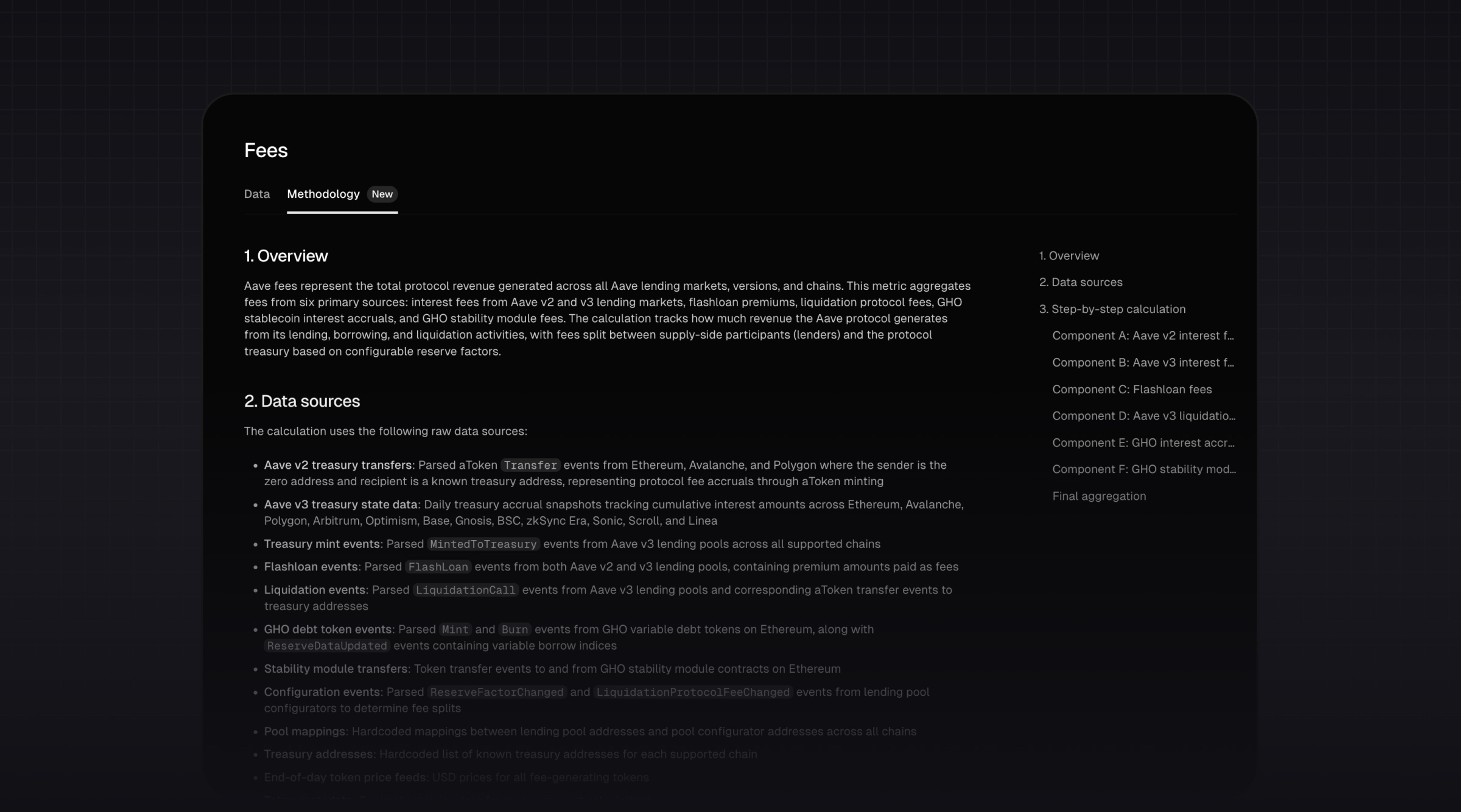
What is the Compound Chain?
Compound recently announced its plan to launch the Compound Chain — a cross-chain version of the MakerDAO protocol, governed by COMP tokenholders.
According to the whitepaper, the Compound Chain is a proof-of-authority (PoA) network, in which validators operate with their real-life reputations at stake — this in contrast to permissionless networks, where validation occurs based on economic incentives alone.
A PoA network could potentially enable banks and exchanges like Coinbase to operate nodes on the Compound Chain.
It seems that the ambition for the the Compound Chain is to become the bridge between the different blockchain ecosystems — the whitepaper hints at Polkadot, Tezos, Solana, Diem, and central bank ledgers among others.
How does it work?
Based on the whitepaper, it seems that the Compound Chain effectively functions as a cross-chain MakerDAO.
Users are able to import their cryptoassets from other peer chains onto the Compound Chain by locking their assets on the peer chain and minting them on the Compound Chain.
Once the assets are on the Compound Chain, they can be used as collateral to borrow CASH (stablecoin), similar to how users currently borrow DAI on MakerDAO.
The main difference between the economics of CASH and DAI is that the former accrues Yield (DSR rate) by default.
Comparison of CASH & DAI economics
- Cost = Interest inflows (based on Stability Fees)
- Yield = Interest outflows (based on the DAI Savings Rate)
- Spread = MKR revenue (difference between interest in & outflows)
Why would Compound build it?
Building a more scalable, cross-chain version of MakerDAO could turn out be a highly profitable endeavour.
Validators on the Compound Chain charge fees on
- Asset transfers (transaction fee), and
- CASH borrows (the Spread).
It’s likely that a portion of all fees earned by validators on the Compound Chain will become subject to a revenue share with the COMP tokenholders — similar to how each lending market currently has its own Reserve Factor, which determines the % of interest payments that are directed to the protocol’s reserves, instead of the lenders.
We’re really excited to follow the development of the Compound Chain, which could, yet again, turn out be a great leap forward for the crypto space as a whole.
Contribute to our Gitcoin here!
The authors of this content, or members, affiliates, or stakeholders of Token Terminal may be participating or are invested in protocols or tokens mentioned herein. The foregoing statement acts as a disclosure of potential conflicts of interest and is not a recommendation to purchase or invest in any token or participate in any protocol. Token Terminal does not recommend any particular course of action in relation to any token or protocol. The content herein is meant purely for educational and informational purposes only, and should not be relied upon as financial, investment, legal, tax or any other professional or other advice. None of the content and information herein is presented to induce or to attempt to induce any reader or other person to buy, sell or hold any token or participate in any protocol or enter into, or offer to enter into, any agreement for or with a view to buying or selling any token or participating in any protocol. Statements made herein (including statements of opinion, if any) are wholly generic and not tailored to take into account the personal needs and unique circumstances of any reader or any other person. Readers are strongly urged to exercise caution and have regard to their own personal needs and circumstances before making any decision to buy or sell any token or participate in any protocol. Observations and views expressed herein may be changed by Token Terminal at any time without notice. Token Terminal accepts no liability whatsoever for any losses or liabilities arising from the use of or reliance on any of this content.
Stay in the loop
Join our mailing list to get the latest insights!
Continue reading

Introducing Tokenized Assets
Token Terminal is expanding its standardized onchain analytics to cover the rapidly growing category of tokenized real-world assets (RWAs) – starting with stablecoins, tokenized funds, and tokenized stocks.

Customer stories: Token Terminal’s Data Partnership with EigenCloud
Through its partnership with Token Terminal, EigenCloud turns transparency into a competitive advantage and continues to build trust with its growing community.

Launching methodologies
Today, we’re launching Methodologies, a new feature on Token Terminal that documents every calculation step between raw blockchain data and standardized financial and usage metrics.